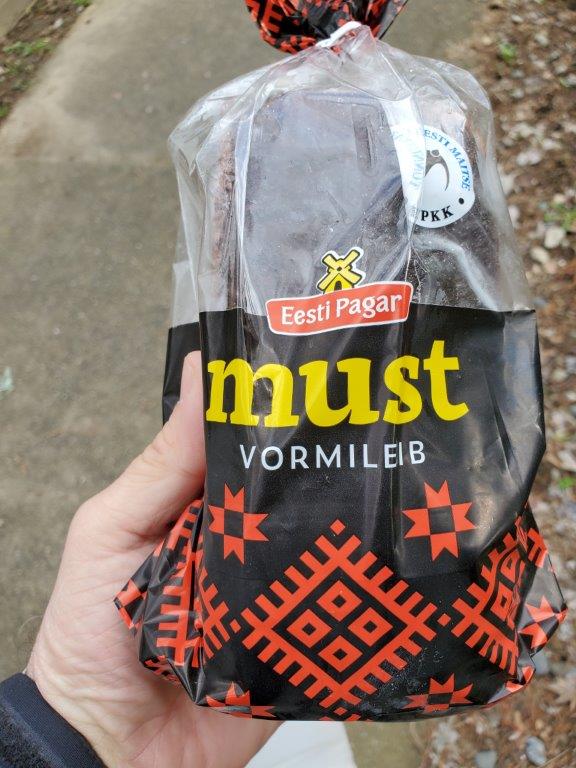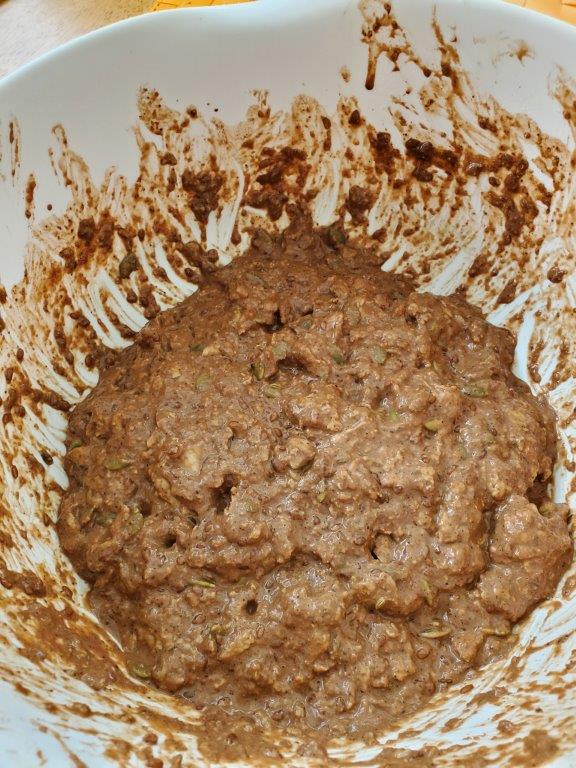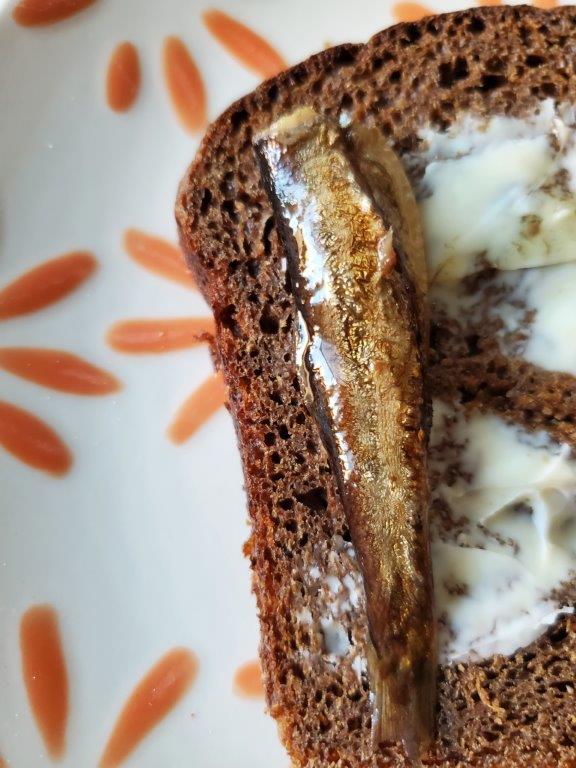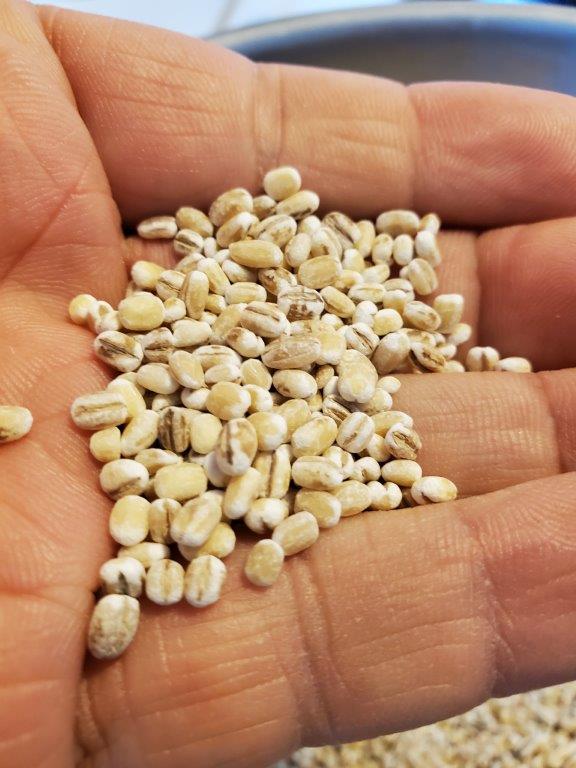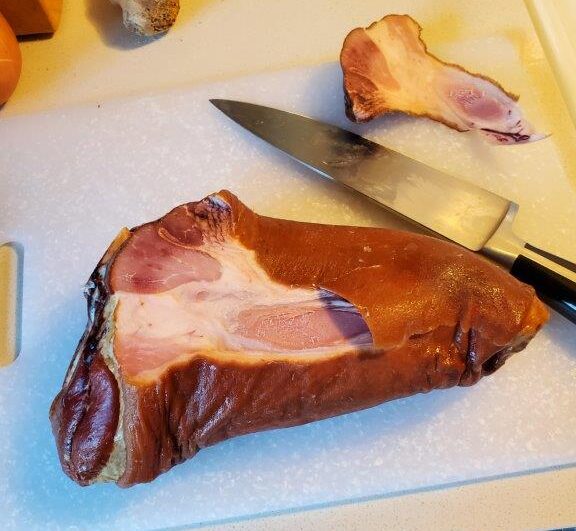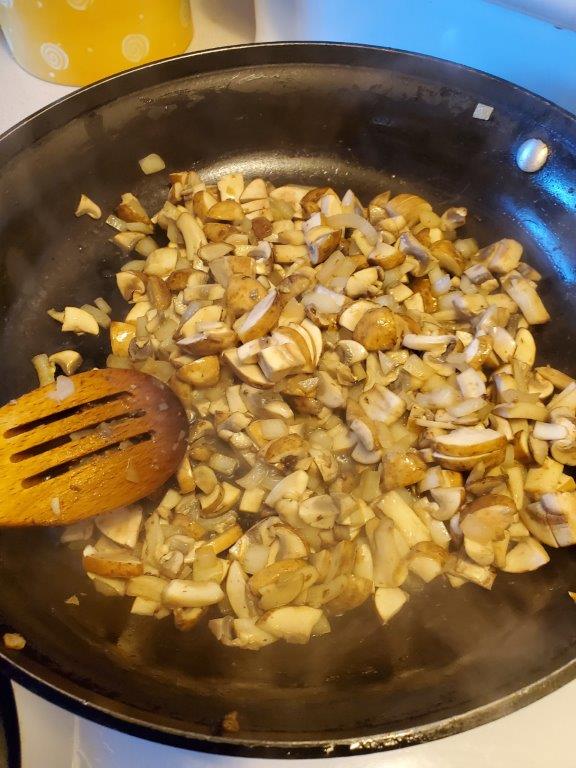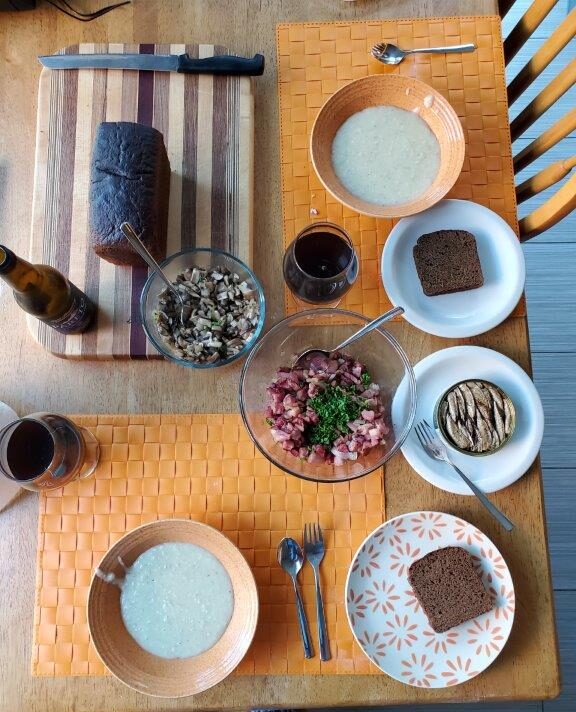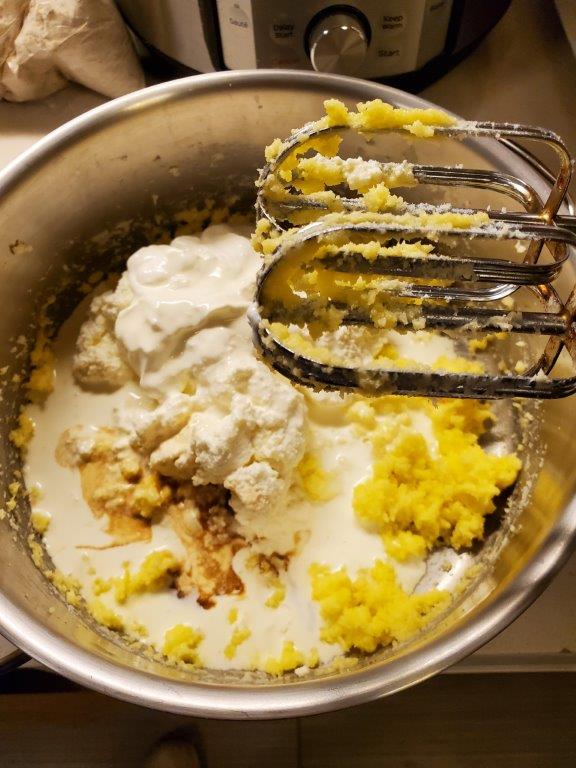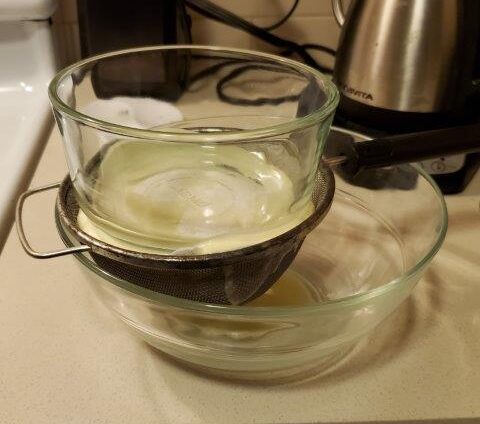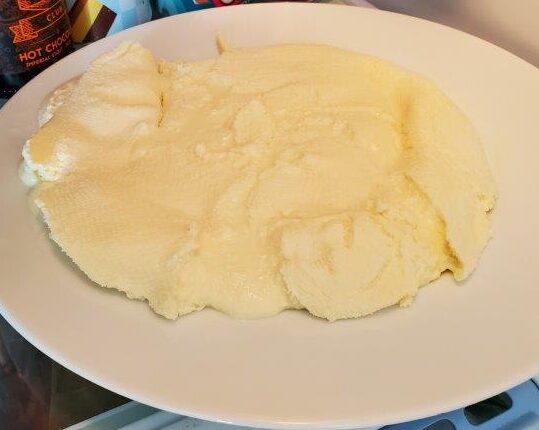Estonia was interesting. A few, well – not exactly failures – but not exactly blazing successes, either.
After our hilariously awful attempt at locating Danish bread a few months ago, I decided to take no chances and start a sourdough a week before the meal so we could bake the bread of Estonia ourselves. We did have a sour going last spring, when everyone and their cousin was discovering how to bake without yeast. Its name was “Oscar.” Oscar did not make it to Vancouver with us.
And then on Friday, I found this:
OK, so – we’ll make a loaf, and we’ll compare it to the real stuff, and that will be interesting.
Welp – it was that.
The recipe we had certainly sounded tasty – it used pumpkin, flax, fennel, and caraway seeds, in addition to molasses, coffee, and cocoa. It uses a standard sourdough rye technique, where you let the sour get a head start on rising before you add any other ingredients that might slow it down.
For whatever reason, though – the sour was too stiff, I didn’t mix it properly, wrong temperature, or something else – the dough never really… doughed. It was more of a wet sticky blob that never came together. Between that and the fact that it was dark brown, it looked quite unsettling.
It was at this point that we realized that we had missed just how long of a rise time the recipe called for, and that this bread wasn’t even going to be ready for dinner. So we’ll come back to our bread, and just eat the commercial stuff.
For our appetizer, we were going to put some sprats on the actual Estonian bread from actual Estonia. Since that involved opening a can and putting fish on bread with butter, we managed not to screw it up.
Our main course was a porridge called mulgipuder. The essential ingredients for this dish are pearl barley and potatoes. If you’re not familiar with pearl barley, it looks like this before it’s cooked:
That goes into a pot with some potatoes to boil for an hour.
For some versions of the dish, that would be it. We wanted to get a bit more fancy, so we went with a recipe that also called for mushrooms and smoked pork hock. That’s right – the giant hunk o’ pig is back, after making its last appearance for Croatia.
We sliced off enough for this recipe, and threw the rest in the pressure cooker the next night to make a very nice bean stew.
In addition to the pork hock, we fried up some mushrooms as well.
Once the potatoes and the barley had finished cooking, in went the immersion blender. There’s a lot of different versions of this recipe online, and the photos range from “extremely chunky” to “whipped smooth.” We had enough water left in the pot that we ended up on the smoother end of the spectrum.
And here’s the final spread:
And it was pretty good! Bread and butter with oily fish made for a very hearty appetizer. If you like sardines, you’ll like sprats. In fact, unless you are very, very serious about sardines, you’ll have great difficulty distinguishing them from sprats. The bread itself was quite sour, and very dense and chewy. A delicious combination, which I did not hesitate to repeat for lunch the next day.
The barley definitely gave the mulgipuder a bit more personality by itself than simple mashed potatoes, and the addition of the ham and mushrooms made for a filling and satisfying dish. Overall, it was exactly what one would expect from the Baltics – dark bread, ham, potatoes, and fish. And that’s great, because we like all those things!
I’ll also point out that we managed to acquire an actual Estonian beer! It wasn’t a traditional beer by any means. Probably a lot of alcohol would scream “the Baltic states” more than a Scotch Ale aged in port wine barrels. But oh man was it good, and it was made in Estonia (“By Finns, Dan” “Shut up, internal monologue!”) so it counts.
Now let’s talk about partial success number 2. (Don’t worry, we’ll get back to the bread) “Partial Success” is like “Partly Sunny”, in that it can also mean “Partial Failure.” Since we were having this meal on Easter, we decided to close the meal with a traditional Estonian dessert that is often served on that holiday – Pasha.
Pasha is NOT a dish for the lactose intolerant. It involves farmer’s cheese (we used Ricotta), sour cream, butter, AND heavy cream. Those are blended with butter, sugar, eggs, and vanilla to make what is essentially a cheesecake batter.
The mixture is simmered for a bit to thicken it, and then the fun starts.
You put cheesecloth in a sieve. You put the sieve over a bowl. The batter goes in the cheesecloth in a sieve over a bowl, with their paddles in a puddle in a bottle on a poodle. Sorry. You pour the mixture into the cheesecloth, fold the cloth over, and then put a weight on the whole assembly.
In theory, this squeezes out a bunch of moisture, and when you unmold it and tip it over on a plate, you get a beautiful dome of dairy. That’s what all the pictures show, anyway. Possibly because the Estonian Tourist Bureau doesn’t think anyone would want to eat a dessert that ended up looking like this:
It did NOT hold its shape, suffice to say. And a spoon was definitely more useful than a fork would have been at attempting to consume it.
But, just as “party cloudy” can also be “partly sunny,” this partial failure also succeeded at being delicious. I mean – it’s a cheesecake. Even just licking the batters was delicious, and so was the final product. (And lets be honest – there wasn’t a ton of difference between the two.) We topped it with some mixed peel, and the little bit of chewiness was a welcome textural contrast too.
And now we can’t put it off any longer, so let’s find out about the bread. After four hours, it had barely risen. But no harm in baking it to see what happens, right? We cranked up the oven to the specified 480 F (yowzers), heated up the Dutch oven, and baked the daylights out of it, to end up with a “loaf” that could charitably be described as not looking completely like a meteorite.
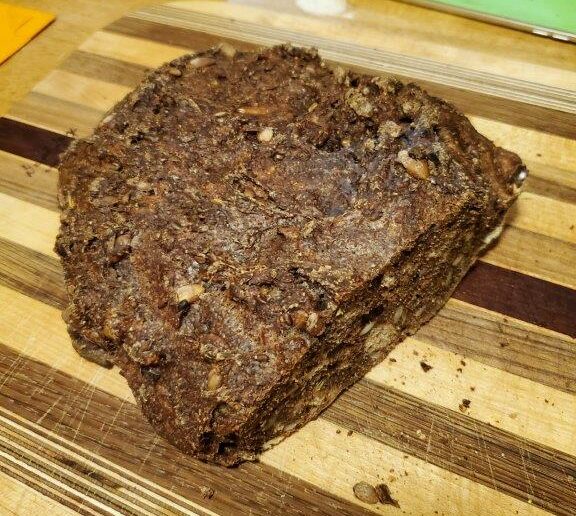
Large pockets of unmixed sourdough were definitely visible in the final bake. I think in hindsight I should have added the water to the sour at the very beginning and mixed that in thoroughly before adding any other ingredients. After that point, the sour just didn’t want to break up.
However… despite everything, the bread was actually pretty tasty! It was dense and chewy, but that’s OK in a dark bread. All the toasted seeds gave it a great crunch, and the Dutch oven mean the crust was nice and crispy. We probably won’t try to make it again, just because we’ve had actual pets that are less work than the sour starter, but I don’t regret this loaf.
And that’s Estonia. Next time, because of a name change just three years ago, we are off to the country formerly known as Swaziland – Eswatini!
Recipes:
Estonian Black Bread
Mulgipuder
Pasha (Estonian Easter Dessert)
Sprat Sandwich – You put sprats on buttered bread. Add chopped green onion or sour cream if you like.

